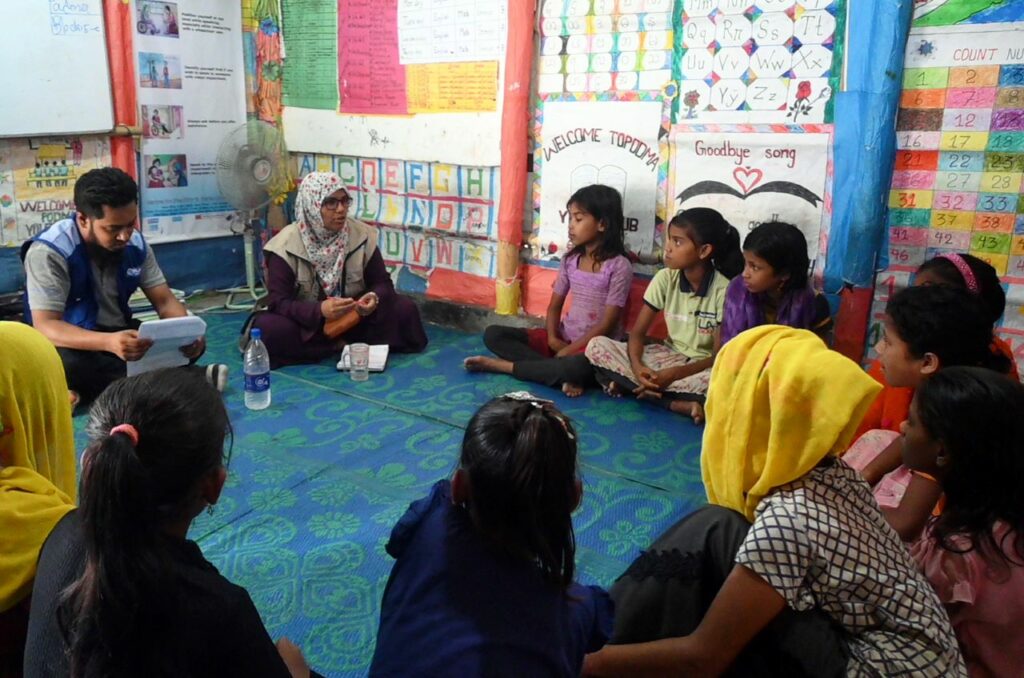The lifesaving needs and protection of children, especially girls and refugees, should be a priority, blogs Dr. Unni Krishnan, Global Humanitarian Director, Plan International.
Storms impact everyone in their path, but some people are impacted more than others. Children are often the worst affected, girls even more so. Right now, Cyclone Mocha is leaving a trail of destruction. The millions affected include people in the world’s largest refugee camp, at Cox’s Bazar in Bangladesh.
The Joint Typhoon Warning Center has said the cyclone has sustained a wind speed of 259 kilometres per hour (161 mph), with gusts reaching 315 kmph (195 mph). That is similar to a Category 5 Atlantic hurricane, as fast an F1 racing car.
My work has often taken me to storm frontlines. I have witnessed what happens during or after a storm landfall in India, Bangladesh, Vietnam, Haiti, Dominican Republic, Australia and the Pacific, and other places. Let me share some lessons:
Each storm affects different people differently. Children suffer more than others. Today, thanks to improved community-based disaster readiness and improved technology (e.g. doppler radars), warnings come days ahead. Early warnings should lead to early action. Children can play a part in getting prepared, and telling others to do so.

All children are vulnerable. Refugees; girls; those separated away from their homes, friends and families; differently-abled and LGBTIQ+ children are more vulnerable to bullying, abuse, and exploitation than others.
Children have specific lifesaving and protection needs. Storm surges and floods canlead to waterborne diseases such as cholera. Cholera leads to dehydration, a potential threat to life for children, a disease which can kill in six hours. In this race against time, children under five often lose out. Clean water, soap and sanitation should be priority items, along with shelter.
Local volunteers are the first responders – youth from local fishing communities always come forward to save people trapped in water. Early on, children can get involved in disaster readiness and helping people evacuate. Make sure that children, especially those separated from parents, receive warnings in advance, so that they can prepare, share their concerns and avoid specific risks they could face (for example, sexual abuse). Action is all about respecting their dignity.
Schools are for education. Turning them into relief centres, coordination hubs or police camps has consequences. Education is children’s passport to future. Keeping children in schools allow mothers and guardians to participate in relief work and start working Education, schools, safe spaces, child-friendly places and playgrounds bring back a sense of normality. They help children heal.
Every crisis helps us think and act differently. Climate change is intensifying storms. Their impacts last long. Children can learn lessons from these events and teach others in future. Community media can aid such educational and information dissemination efforts. Cyclone Mocha will doubtless make children’s lives worse in terms of food security, nutrition, hygiene and health status. Humanitarian workers should recognise not only children’s vulnerabilities, but also capabilities. Children’s lifesaving and protection needs must come first.